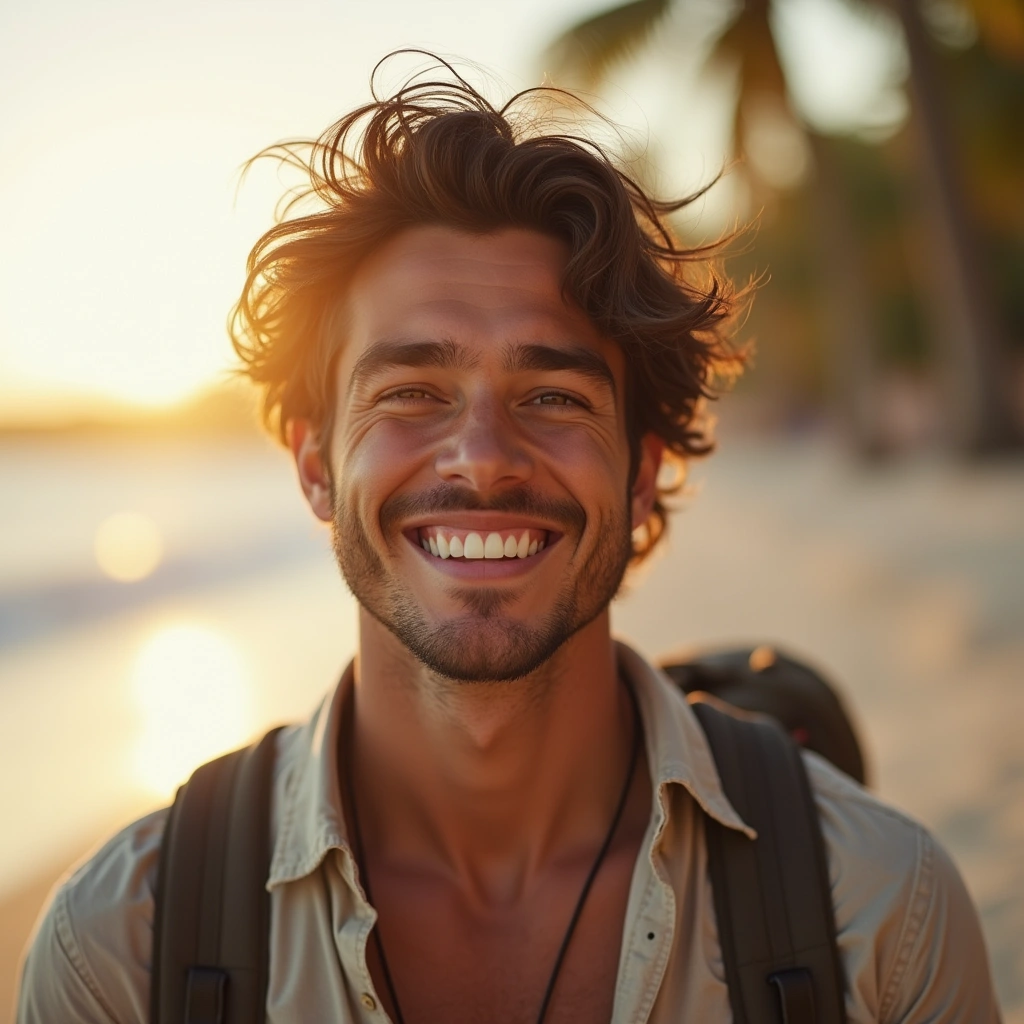Introduction
Nestled in the heart of Argentina’s northern Patagonia, San Carlos de Bariloche stands as a breathtaking alpine paradise that captivates travelers from across the globe. With its stunning backdrop of crystalline lakes mirroring snow-capped Andean peaks, Bariloche Argentina offers a unique blend of natural splendor and European charm that’s unlike anywhere else in South America.
What makes bariloche argentina truly special is its remarkable diversity of experiences: world-class skiing in winter, refreshing lake activities in summer, hiking trails weaving through ancient forests, and a thriving culinary scene featuring the country’s finest chocolate and craft beer. Whether you’re an adventure enthusiast seeking adrenaline-pumping experiences or a laid-back traveler looking to soak in breathtaking vistas while sipping mate by the lake, Bariloche delivers unforgettable memories year-round.
This comprehensive guide will walk you through everything you need to know about visiting this Patagonian gem – from practical travel information and seasonal considerations to the most spectacular viewpoints and hidden local treasures that make Bariloche Argentina a must-visit destination.
Table of Contents
bariloche argentina Quick Facts

| Category | Details |
|---|---|
| Location | Rio Negro Province, Northern Patagonia, Argentinian Lake District bariloche argentina lies within the stunning Argentinian Lake District, renowned for its glacial lakes and Andean scenery. |
| Official Name | San Carlos de Bariloche |
| Altitude | 893 meters (2,930 feet) above sea level |
| Language | Spanish (though English is spoken in many tourist establishments) |
| Currency | Argentine Peso (ARS) |
| Best Time to Visit | Year-round destination (peak seasons: July-September for skiing, December-February for summer activities) |
| Famous For | Alpine scenery, skiing, chocolate, craft beer, German-Swiss influence, outdoor adventures |
Why Bariloche is Famous
- Natural Beauty: Situated within Nahuel Huapi National Park with stunning lake and mountain landscapes
- Winter Sports Hub: Home to Cerro Catedral, South America’s largest ski resort
- Chocolate Capital: Renowned for its artisanal chocolate shops lining Calle Mitre
- Swiss-German Heritage: Distinctive alpine architecture and cultural influence
- Adventure Gateway: Base for exploring northern Patagonia’s wilderness
- Gastronomic Destination: Famous for Patagonian lamb, lake trout, fondue, and craft beer
Why Visit bariloche argentina? The Main Attractions
Bariloche Argentina offers an extraordinary blend of experiences that satisfy travelers seeking both adventure and relaxation:
For Nature Lovers: The surrounding landscapes of Nahuel Huapi National Park present a paradise of pristine forests, crystal-clear lakes, and diverse ecosystems. The dramatic backdrop of the Andes creates a photographer’s dream with panoramic vistas at every turn.
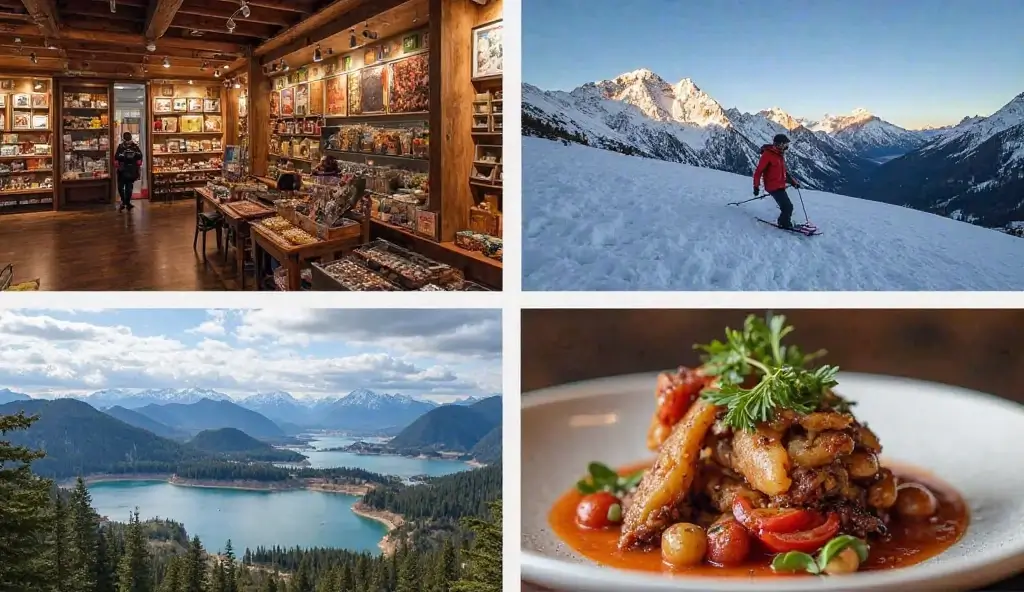
Learn more about the park and its protected ecosystems through the official Nahuel Huapi National Park site from Argentina’s National Parks Administration.
For Adventure Seekers: From world-class skiing and snowboarding at Cerro Catedral to kayaking, mountain biking, hiking, and paragliding, bariloche argentina offers year-round adventure opportunities for all skill levels.
For Relaxation: Luxurious lakeside resorts, tranquil beaches, and thermal hot springs provide perfect settings to unwind amid spectacular scenery. The famed Hotel Llao Llao offers a quintessential Patagonian luxury experience.
For Cultural Immersion: The fascinating blend of indigenous Mapuche heritage and European immigrant influence creates a unique cultural identity. The city’s distinctive alpine architecture, museums, and artisan markets offer insights into this cultural fusion.
For Foodies: Beyond its world-famous chocolate scene, bariloche argentina boasts exceptional Patagonian cuisine featuring local trout, lamb, wild game, and regional specialties. The emerging craft beer scene has made the city a gastronomic destination in its own right.
Getting to Bariloche
By Air
San Carlos de bariloche argentina Airport (BRC) connects with major Argentine cities and some international destinations:
- Main Airlines: Aerolíneas Argentinas, LATAM, JetSMART, Flybondi
- Key Routes:
- Buenos Aires (2 hours)
- Santiago, Chile (2 hours)
- Mendoza (1.5 hours)
- International Connections: Seasonal flights from Brazil and Chile
- Airport Location: 13km from downtown (20-minute taxi ride)

By Bus
Long-distance buses are comfortable and economical, though journeys can be lengthy:
- Terminal de Ómnibus location: Vice Almirante O’Connor 1080
- Major Routes:
- From Buenos Aires: 20-22 hours
- From Mendoza: 15-18 hours
- From San Martín de los Andes: 3-4 hours
- Companies: Via bariloche argentina, Andesmar, Condor
- Tip: Book premium “cama” (bed) class for overnight journeys
By Car
Driving to Bariloche offers flexibility and scenic routes:
- Legendary Ruta 40: Argentina’s iconic highway passes through bariloche argentina
- Route of the Seven Lakes: One of Argentina’s most beautiful drives connecting with San Martín de los Andes
- Chilean Border Crossings: Cardenal Samoré Pass connects to the Chilean Lake District
Getting Around Bariloche
Local Buses
The extensive public bus network is affordable and reaches most tourist areas:
- SUBE Card: Required for all bus travel (purchase at kiosks and some hotels)
- Key Routes:
- Line 10: Circuito Chico area
- Line 20: Cerro Catedral (ski area)
- Line 55: Llao Llao and western lakeshore
- Frequency: Every 20-30 minutes on main routes
- Cost: Budget-friendly (approx. 100-200 pesos per ride)
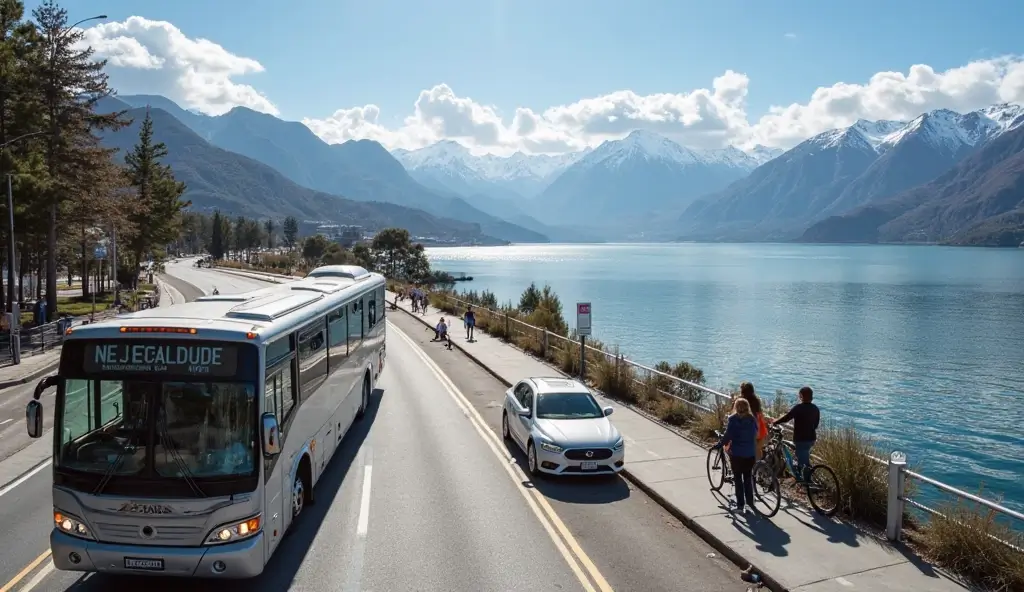
Taxis and Remises
- Readily available in the downtown area
- Remises (private cars with fixed rates) can be arranged through hotels
- Apps like Cabify are also available
- Consider negotiating full or half-day rates for sightseeing
Rental Cars
- Pros: Freedom to explore remote areas and viewpoints, convenient for families
- Cons: Parking in downtown can be challenging, additional costs
- Companies: Hertz, Avis, Localiza, and local operators
- Recommendation: Reserve in advance, especially during peak seasons
Cycling and Walking
- Downtown bariloche argentina is compact and walkable
- Many hotels along Bustillo Avenue provide bicycle rentals
- The lakeside path offers scenic cycling opportunities
- Dedicated bike lanes are limited, so exercise caution on main roads
When to Visit bariloche argentina (Detailed Breakdown)
Summer (December-February)
- Weather: Pleasant daytime temperatures of 18-25°C (64-77°F), cooling at night
- Activities:
- Lake swimming and beaches
- Hiking trails at their most accessible
- Kayaking and sailing on Nahuel Huapi
- Mountain biking
- Pros: Longest daylight hours, full accessibility to mountain trails
- Cons: Peak tourist season with higher prices, advance bookings essential
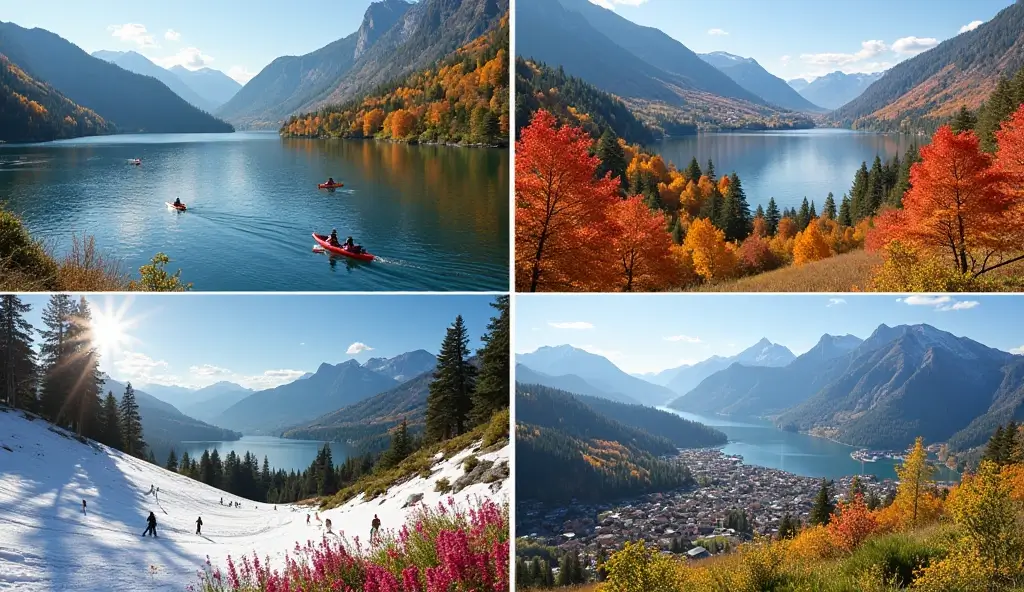
Fall (March-May)
- Weather: Cooling temperatures (8-15°C/46-59°F), occasional rain
- Activities:
- Spectacular fall foliage viewing
- Less crowded hiking trails
- Photography opportunities with golden/red landscapes
- Fishing season
- Pros: Fewer crowds, lower prices, beautiful autumn colors
- Cons: Some high-altitude trails may close by late April, variable weather
Winter (June-September)
- Weather: Cold conditions (0-7°C/32-45°F), snowfall in the city and mountains
- Activities:
- Skiing and snowboarding at Cerro Catedral
- Winter photography
- Snowshoeing
- Cozy chocolate and fondue experiences
- Pros: Vibrant winter atmosphere, world-class skiing, winter wonderland scenery
- Cons: Some remote areas inaccessible, shorter daylight hours
Spring (September-November)
- Weather: Gradually warming (5-15°C/41-59°F), occasional rain
- Activities:
- Wildflower viewing
- Early-season hiking
- Bird watching
- White water rafting with spring meltwater
- Pros: Fewer tourists, lower shoulder season prices, blooming landscapes
- Cons: Unpredictable weather patterns, some snow still on higher trails
Top Things to Do in bariloche argentina
Must-See Viewpoints
Cerro Campanario
Often rated among National Geographic’s top 10 views in the world, this 1,050-meter summit offers 360-degree panoramas of lakes, mountains, and forests. Accessible via a short chairlift ride or a moderate 30-minute hike.
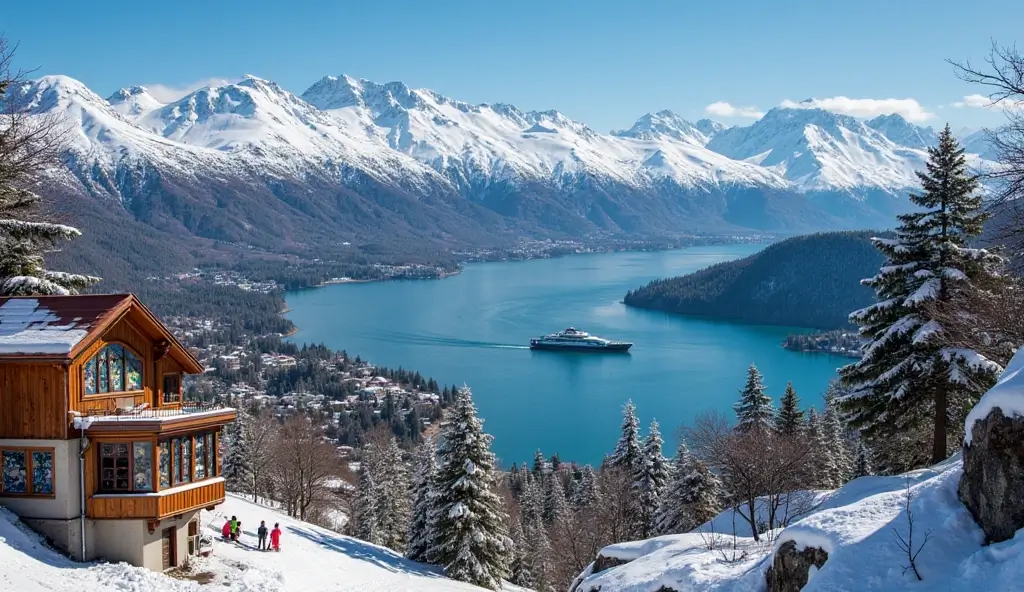
Cerro Otto
Reach the 1,405-meter summit by cable car for sweeping views of the city, Nahuel Huapi Lake, and the Andes. The mountaintop features a revolving restaurant and a cultural center with art exhibitions.
Iconic Drives and Tours
Circuito Chico
This essential 60km loop showcases Bariloche’s most spectacular landscapes in a half-day drive or full-day bike tour. Highlights include Llao Llao Peninsula, López Bay, and numerous viewpoints.
Route of the Seven Lakes
A legendary 190km scenic drive connecting bariloche argentina with Villa La Angostura and San Martín de los Andes, featuring seven stunning lakes, dense forests, and mountain vistas.
Hiking and Trekking
- Refugio Frey: Iconic full-day trek to a mountain hut with dramatic scenery (20km round trip)
- Cerro Llao Llao: Moderate 2-hour hike offering exceptional lake views
- Refugio Otto Meiling: Challenging glacier hike for experienced trekkers
- Cerro López: Steep ascent rewarded with panoramic vistas
Lake Activities
- Nahuel Huapi Boat Excursions: Cruises to Victoria Island and Arrayanes Forest
- Kayaking: Guided tours or rentals on Nahuel Huapi or smaller lakes
- Beaches: Playa Bonita, Villa Tacul, and Bahía Serena for summer swimming
- Fishing: World-class trout fishing with local guides (catch and release options)
Skiing and Snowboarding
Cerro Catedral is South America’s largest ski resort, offering:
- 120km of skiable terrain
- 38 lifts
- Terrain for all skill levels
- Modern infrastructure
- Spectacular mountain views
- Lively après-ski scene
Chocolate Experience
Explore Calle Mitre’s famed chocolate avenue featuring:
- Rapa Nui: Bariloche’s most famous chocolatier with impressive displays
- Mamuschka: Distinctive packaging and high-quality products
- Havanna: Renowned for alfajores and chocolate-covered treats
- Chocolate Museums: Learn about the history and production processes
- Hot Chocolate: Essential warming treat during winter months
Explore Downtown and Civic Center
- Centro Cívico: Distinctive stone architecture housing museums and tourism offices
- Cathedral of San Carlos de bariloche argentina: Stunning neo-Gothic design
- Artisan Markets: Local crafts and souvenirs
- Mitre Street: Main commercial thoroughfare with shops and cafés
- Museum of Patagonia: Insights into regional history and indigenous cultures
Where to Stay in bariloche argentina
Key Areas
Downtown (Centro)
- Pros: Walkable access to restaurants, shops, and transportation
- Cons: Can be noisy, less scenic than lakeside options
- Best For: First-time visitors, budget travelers, nightlife seekers

Bustillo Avenue (Km markers)
- Kilometers 1-8: Close to town with lake views
- Kilometers 8-15: Mid-range options with better scenery
- Kilometers 15-25: More exclusive properties and natural settings
- Best For: Balance of accessibility and scenery
Llao Llao Area
- Pros: Stunning natural setting, exclusive atmosphere
- Cons: Remote from downtown, transportation needed
- Best For: Luxury travelers, honeymooners, peaceful retreats
Types of Accommodation
- Luxury Resorts: Hotel Llao Llao, Alma del Lago, Charming Luxury Lodge
- Boutique Hotels: Design Suites, Cacique Inacayal, Aldebaran Hotel
- Cabañas (Cabins): Self-catering options ideal for families and longer stays
- Hostels: Eco Hostel, Periko’s, Hospedaje Penthouse 1004
- Vacation Rentals: Abundant options on platforms like Airbnb and Booking.com
Food and Drink: What to Eat and Drink in bariloche argentina
Patagonian Lamb (Cordero Patagónico)
The quintessential regional specialty, typically slow-roasted on a cross-stake over open flames (asado al palo). The free-range lambs from the Patagonian steppe have a distinctive flavor less gamey than other lamb varieties.
“You haven’t truly experienced Patagonian cuisine until you’ve savored the tender, smoky goodness of cordero patagónico with a glass of Malbec.” — Local saying
Trout (Trucha)
Freshly caught from the region’s pristine lakes, trout is prepared in various ways:
- Trucha a la manteca (butter-seared trout)
- Trucha ahumada (smoked trout)
- Trucha rellena (stuffed with ham and cheese)
Artisanal Chocolate
Beyond just a souvenir, Bariloche’s chocolate tradition dates back to European settlers:
- Chocolate bars with regional flavors like calafate berries
- Chocolate-covered fruits and nuts
- Chocolate figurines reflecting Patagonian themes
Craft Beer Scene
bariloche argentina craft beer revolution with excellent breweries:
- Berlina: Pioneer brewpub with multiple locations
- Blest: Argentina’s first microbrewery
- Manush: Innovative styles with a great restaurant
- Patagonia: Commercial brand with scenic lake brewery
- Wesley: Small-batch specialties
Fondue and Alpine Cuisine
Reflecting the region’s Swiss-German heritage:
- Cheese fondue with Andean herbs
- Chocolate fondue featuring local chocolate
- Raclette, spätzle, and other Alpine classics
Essential Travel Tips
Safety Considerations
- bariloche argentina is generally safe for tourists
- Practice standard precautions in crowded areas
- Be careful on uneven sidewalks in the downtown area
- Register hiking plans with park authorities for backcountry treks
- Winter driving requires experience and proper vehicles
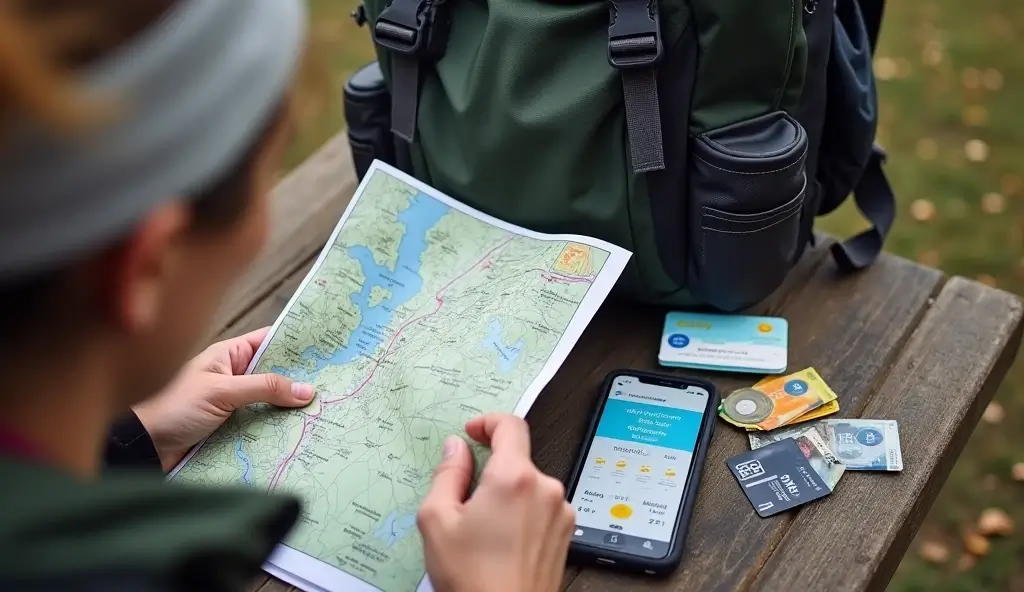
Budgeting Tips
| Expense Category | Budget Option | Mid-Range | Luxury |
|---|---|---|---|
| Accommodation | $20-40 USD (hostels) | $70-150 USD (3-star hotels) | $200+ USD (luxury resorts) |
| Meals | $5-15 USD (cafés, takeaway) | $15-30 USD (mid-range restaurants) | $40+ USD (high-end dining) |
| Activities | Free hiking, public beaches | Boat tours, museum entries | Private excursions, helicopter tours |
| Transportation | Public buses | Occasional taxis, car rental | Private drivers, premium car rental |
- Money-saving tips:
- Buy the regional pass for multiple attractions
- Visit during shoulder seasons (April-May, October-November)
- Rent apartments with kitchens for longer stays
- Take advantage of prix-fixe lunch menus
Packing Essentials
- Year-round:
- Layered clothing (temperature swings of 15°C/27°F in a single day are common)
- Quality sunglasses (high UV at this altitude)
- Sunscreen (even in winter)
- Comfortable walking shoes
- Summer:
- Light hiking clothes
- Swimwear
- Light jacket for evenings
- Insect repellent
- Winter:
- Waterproof jacket and pants
- Thermal layers
- Gloves and warm hat
- Waterproof footwear
Connectivity
- WiFi: Widely available in accommodations and cafés
- SIM Cards: Available at the airport and downtown shops (Movistar, Personal, Claro)
- Coverage: Good in town, variable in remote areas
- Tip: Download offline maps before heading to remote areas
Basic Spanish Phrases
While many in the tourism industry speak English, knowing some basic Spanish enhances your experience:
- Hola/Chau – Hello/Goodbye
- Por favor/Gracias – Please/Thank you
- ¿Cuánto cuesta? – How much does it cost?
- ¿Dónde está…? – Where is…?
- La cuenta, por favor – The bill, please
- No entiendo – I don’t understand
- ¿Habla inglés? – Do you speak English?
Bariloche’s Place in Patagonia & Argentina
bariloche argentina serves as the northern gateway to Argentine Patagonia and anchors the stunning Lake District. Its strategic location makes it ideal for exploring further:
- Villa La Angostura (1.5 hours by bus): A smaller, upscale lake town known for the unique arrayanes forest
- San Martín de los Andes (3-4 hours by bus): Elegant resort town with exceptional dining and nearby Lanín National Park
- El Bolsón (2 hours by bus): Bohemian town famous for its artisan market and organic farms
- Chilean Lake District (border crossing): Pucón and Puerto Varas offer complementary experiences across the Andes

For those on extended Patagonian journeys,bariloche argentina connects conveniently with routes to:
- El Calafate and Los Glaciares National Park
- Tierra del Fuego and Ushuaia
- Chilean Patagonia via various border crossings
Planning Resources & Links
- Official Tourism Website: Bariloche Turismo
- National Parks Administration: Nahuel Huapi National Park
- Weather Forecasts: Servicio Meteorológico Nacional
- Ski Resort: Cerro Catedral
- Trail Information: Club Andino Bariloche
Conclusion
Bariloche Argentina stands as a destination of remarkable contrasts and harmonies – where Andean wilderness meets European refinement, where adrenaline-fueled adventures lead to relaxing chocolate indulgences, and where every season unveils a completely different face of Patagonia’s natural splendor.
Whether you’re carving fresh powder on Cerro Catedral’s slopes, savoring artisanal chocolate while gazing at Nahuel Huapi’s azure waters, or hiking through ancient forests to panoramic summits, Bariloche offers transformative experiences that captivate the imagination and rejuvenate the spirit.
The unique blend of natural wonders, cultural heritage, and outdoor opportunities makes bariloche argentina not just a destination but a journey through the very best of Argentine Patagonia. As locals like to say, “Quien conoce Bariloche, vuelve” – “Whoever knows Bariloche, returns.” Plan your trip thoughtfully using this guide, and you’ll undoubtedly understand why.


